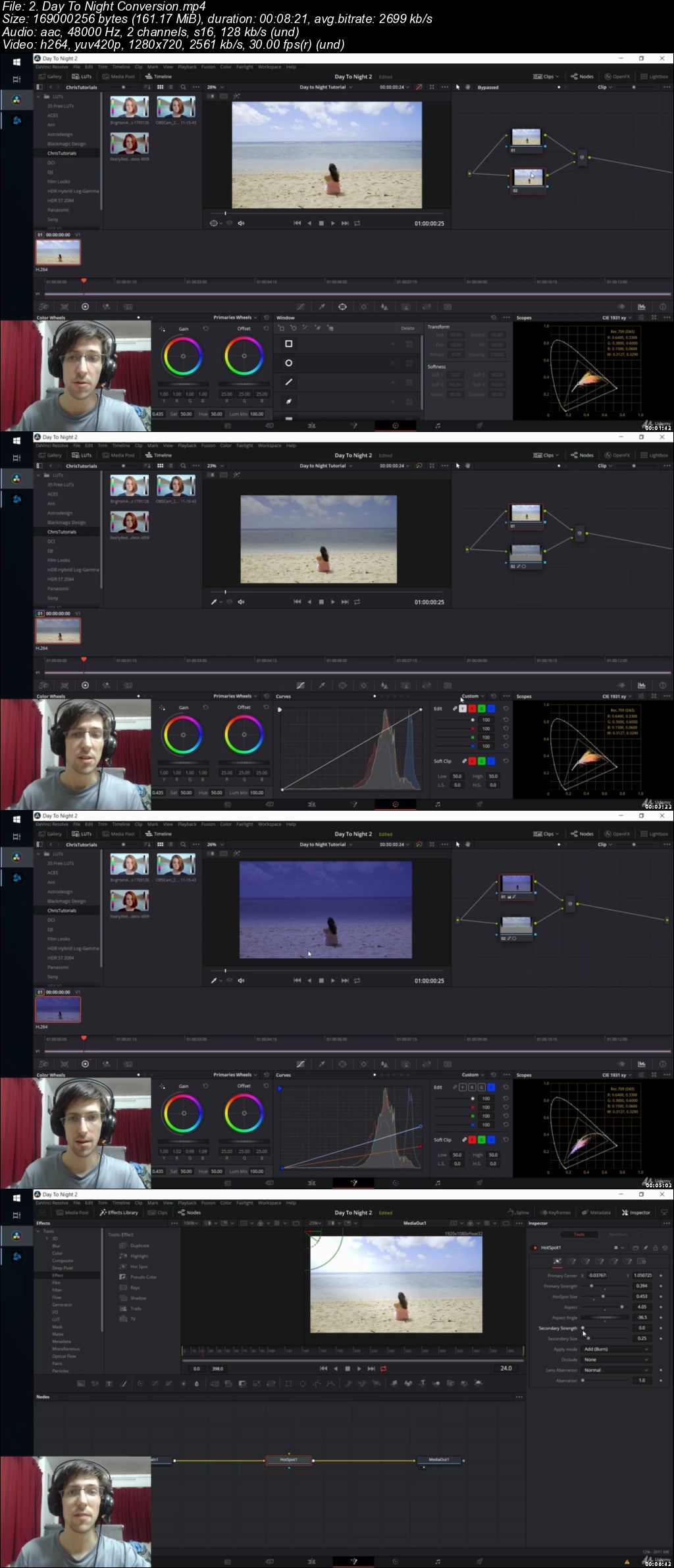

However, if at this point you still don’t feel comfortable creating your own, we’re giving away these five LUTs.

Expect constant trial and error, and remember, not every creative LUT is suitable for all clips. Simple.Ĭreating and importing LUTs is the simple part playing around with the color science is the fun-but-tedious part. Upon closing, the LUT will be in your directory.

If you saved the LUT in your LUT directory, then it will automatically populate into your library. But, what if you’re importing a LUT onto a different system? To do that, open the project settings, open the LUT folder, and then copy the LUT from the import destination to the LUT folder.

Simply create a name, and a LUT file is created. You can then select a location for the export. The default will be the LUT folder on your drive. Right-click on the thumbnail of the clip with the grade.(Note that if you have a node with a modification that will be omitted, such as power windows, and on that node you also have a curve adjustment, both elements will end up deleted, not just the power window.)Įxporting a LUT couldn’t be a more straightforward process: You can use as many nodes as you like - just make sure they contain adjustments from the primary corrections tool. Therefore, make sure that the adjustments for your LUT come solely from the primary corrections pallet. HSL qualifications can also get lost in the export process. Essentially, you can’t translate the majority of the tools and adjustments in the middle pallet, except for curves. You can export that grade as a LUT.įirst and foremost, there are several operations you can’t translate into the LUT export: any OpenFX, Sharpen and Blur, Power Windows, Tracking, or Sizing. Say that you’ve done an awesome grade in Resolve, and you want to create it as a LUT to use again in the future - or share it, or even sell it. and here’s the LUT used with a number of adjustments. There’s certainly no shortage of jokes mocking the overuse of the M31 LUT to get that “cinematic” orange and teal look, but here’s the LUT applied directly to an image. They’re for creating a foundation for your grade they’re not a one-click-and-done solution. LUTs also give editors a quick creative grade to build upon.īut it is very important to recognize that LUTS are not the be all and end all of grading. LUTs linearize these washed-out images back to what they should look like - but with protected shadows and highlights from the LOG exposure curve (which, in turn, also makes for greater manipulation). One reason why LUTs ( Look Up Tables) have become so popular is the increase in consumer camera systems that can shoot in LOG.


 0 kommentar(er)
0 kommentar(er)
